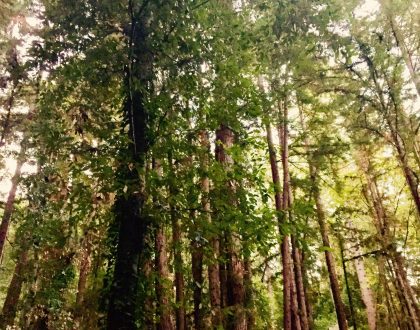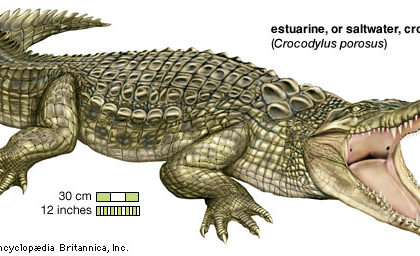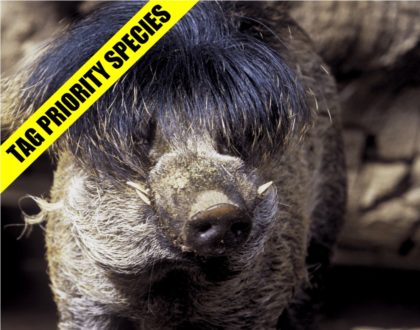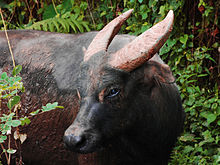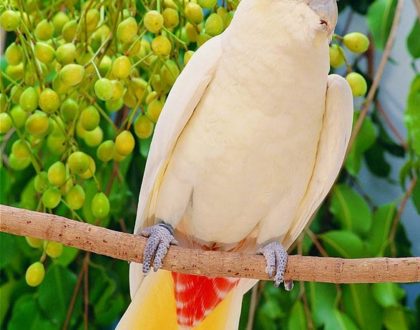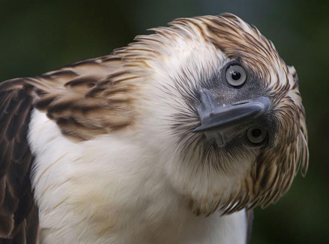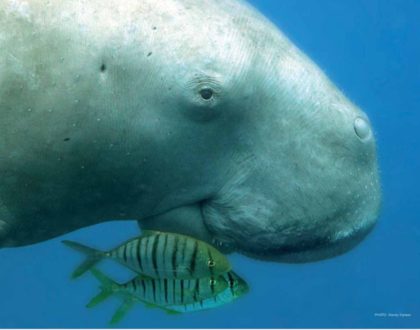21
Jul 2019

Environmental Coalition Green Convergence held the 352nd installment of the monthly Kamayan Para sa Kalikasan Forum about the future of the Philippine native medicinal plant industry on July 19, 2019 (Friday) at Kamayan Restaurant, EDSA, Mandaluyong City. Former Department of Health Secretary Dr. Jaime Galvez Tan discussed that “Around 1500 medicinal plants from more than 13,500 plant species in the Philippines of which more than 3500 are considered indigenous.” Unfortunately, Galvez Tan stressed, “Only 120 medicinal plants have been scientifically validated for safety and efficacy.” “Only 10 medicinal plants have been promoted......
Read More
Why native trees?
Published February 7, 2018, 10:00 PM, By Flor G. Tarriela via Manila Bulletin At a recent typhoon that hit Metro Manila on the way to Tagaytay, I noticed many fallen trees, Acacia and Tulip trees. Later I found out these fallen trees were actually “alien” trees and not native to the Philippines. But wonder of wonders in typhoon Ondoy, a Dita tree stood tall and saved 36 lives in Quezon City! The Dita tree, like...
Read More
Philippine Crocodile
Description The Philippine crocodile is one of the most endangered freshwater crocodiles. It is small with a relatively broad snout and thick bony plates on its back. Until recently, the Philippine crocodile was considered a subspecies of the very similar New Guinea crocodile (Crocodylus novaguineae). Biology Philippine crocodiles are thought to feed mainly on fish, invertebrates and small amphibians and reptiles but very little else is known about the natural history or ecology of...
Read More
Visayan Warty Pig Wild Swine with a WILD Look
Why exhibit Visayan warty pigs? Help save this species now! The express purpose of this captive breeding program is to act as a genetic insurance policy: hybridization with feral pigs is a major threat to wild populations. Present a spokes-species for island endemism, and tell the stories of habitat loss, human impacts on islands, and the bush meat trade. The Visayan warty pig is listed as #104 on the list of the most evolutionary...
Read More
Tamaraw Habitat Assessment an Exploration of Inner Mindoro Island
The Tamaraw, Bubalus mindorensis, is listed as ‘Critically Endangered’ on the IUCN Red List of Threatened SpeciesTM. It is the largest mammal endemic to the Philippines and can only be found on the island of Mindoro. The main current threat to the Tamaraw is habitat loss due to farming by resettled and local people. Historically, this species was hunted for both subsistence and sport, which led to a period of drastic decline in numbers...
Read More
Philippine Cockatoo (Cacatua Haematuropygia)
Cacatoès des Philippines. Previously widespread in the Philippine islands, this cockatoo now numbers perhaps less than 1,000 and is reduced to only a few places. Its stronghold being the island of Palawan where the LPF supports the conservation programme run by the Katala Foundation. The supporter partnership includes Chester Zoo, CEPA and ZGAP. This beautiful, white cockatoo is found only in the Philippines. Covered in white plumage, but with bright red and yellow undertail,...
Read More
Critically endangered: The Philippine Eagle – What Do We Know After a 100 years
The Philippine Eagle is a giant forest raptor endemic to the Philippines. It is considered to be one of the three largest and most powerful eagles in the world. Unfortunately, it is also one of the world’s rarest and certainly among its most critically endangered vertebrate species. The Philippine eagle also known as the monkey-eating eagle is the world’s largest eagle, and one of the most threatened raptors. The male and female Philippine eagle...
Read More

